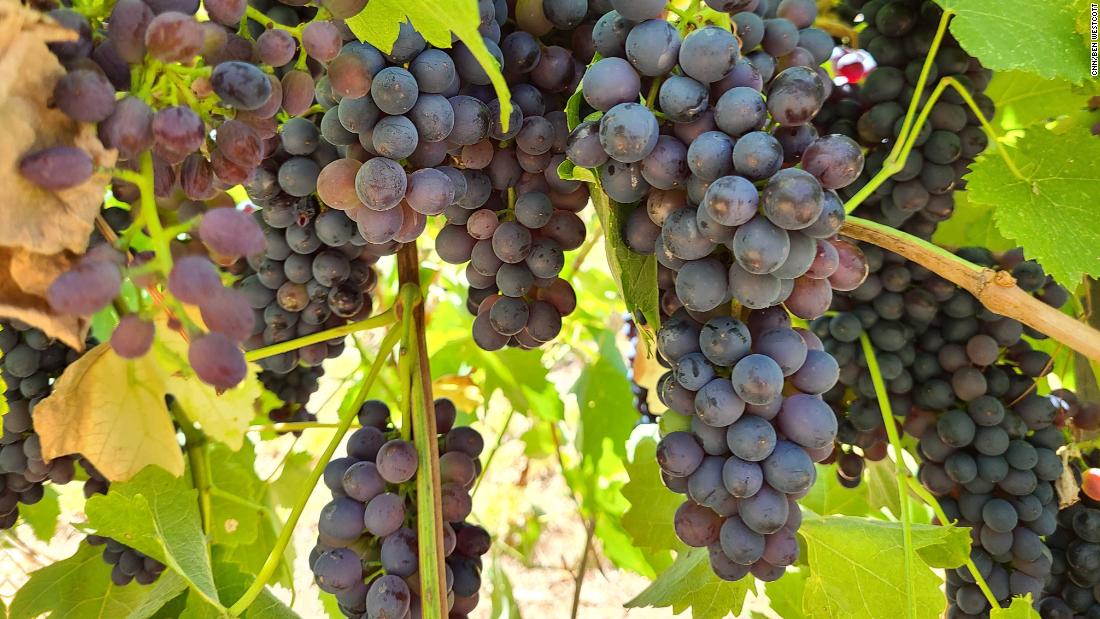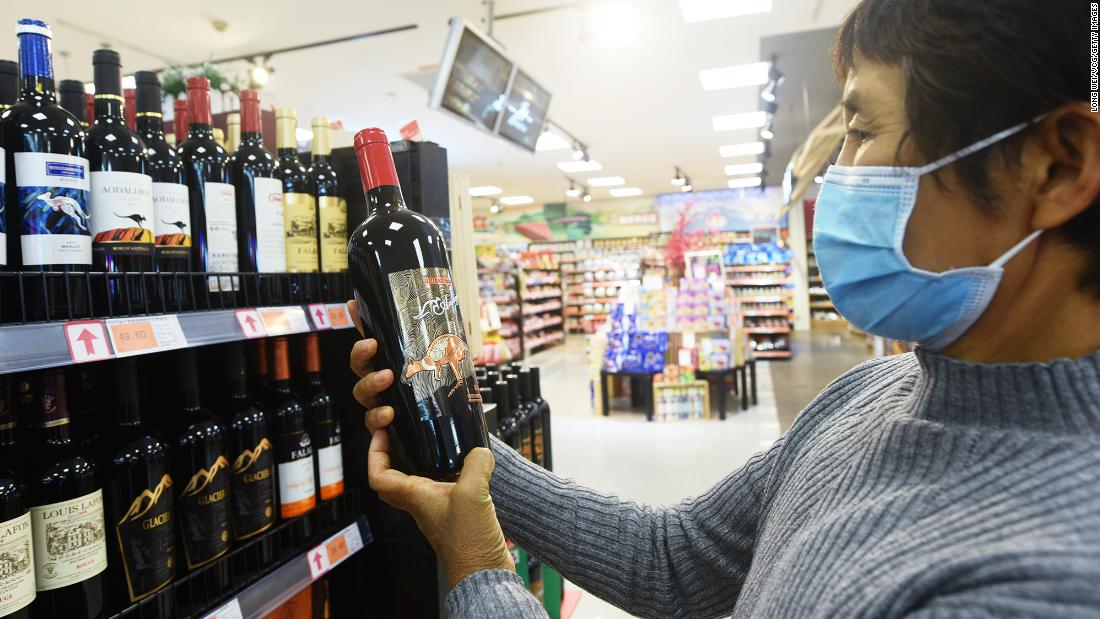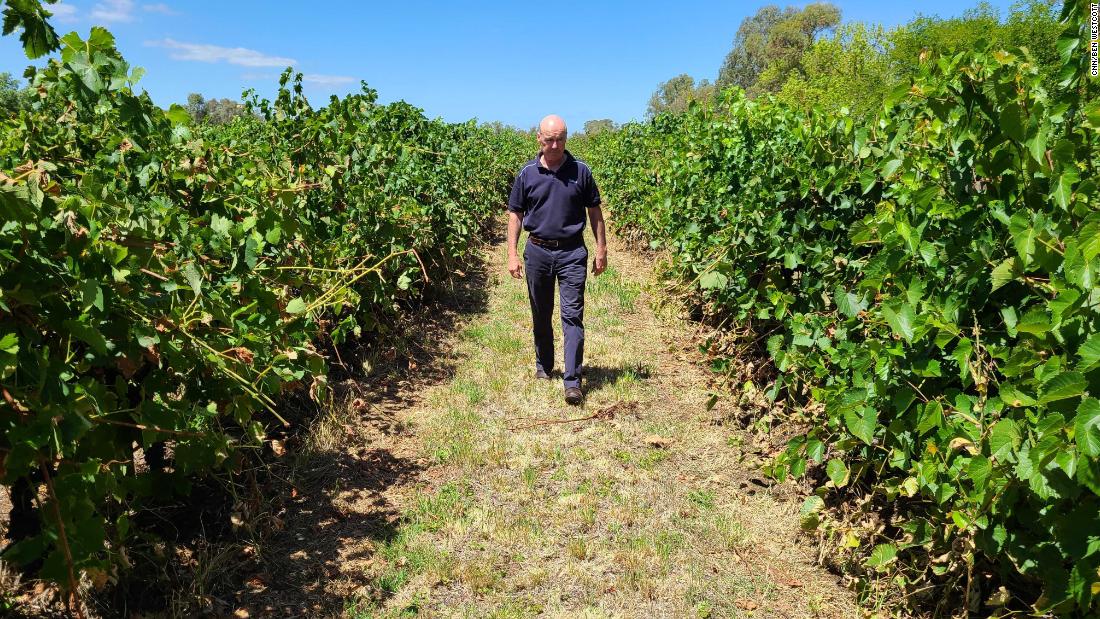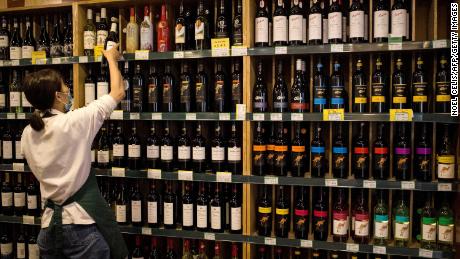Since an email circulated listing all Australian wineries owned by Chinese interests, an outcry began, urging all Australians to cease buying wine from Chinese owned wineries in this country.
This Blog features all the reasons why we should buy from local wineries, Chinese owned or not. We must support the local industry. Full stop.
Many of these owners are of course Australian citizens – have invested in Australian infrastructure, pay Australian taxes, employ Australian people of diverse national backgrounds and buy from grape growers and packaging companies and those that provide industry services.
This edited article by Ben Westcott of CNN Business explains the dilemma facing the wine industry in this country.
South Australian winemaker Jarrad White spent almost a decade building his business in China. Then, in a matter of months it fell apart.
It had nothing to do with the quality of White’s wines at his vineyard in McLaren Vale. Instead, it was the result of months of worsening diplomatic frictions between China and Australia.
White lived in Shanghai for several years, setting up a network of distributors to sell his Jarressa Estate wine to the booming Chinese market, where demand for foreign wines among the middle class was growing fast.
By mid-2020, more than 96% of Jaressa Estate’s wines were being sold to consumers in China – up to seven million bottles a year. But in November, Beijing announced crippling tariffs on Australian wine as part of an “anti-dumping investigation” into whether those wines were being sold too cheaply in China. The government said the probe was prompted by complaints from Chinese wine producers.
White says he hasn’t sold a single bottle since.
 Grapes on the vine at Tahbilk winery in central Victoria in February 2020.
Grapes on the vine at Tahbilk winery in central Victoria in February 2020.
Currently, hundreds of thousands of bottles of Jarressa Estate wine are piled on pallets in a warehouse in Adelaide waiting for the tariffs to be lifted.
“It’s hurting us dramatically. We had a lot of supplies that needed to be paid for and all these orders that were planned to shift, so it’s left us in an awkward situation,” White said.
He isn’t alone. Hundreds of Australian wine producers who invested heavily in China’s wine boom are now facing an uncertain future.
The value of exports of wine to China dropped to almost zero in December, according to statistics from industry group Wine Australia. The total value of wine exported to China for all of 2020 dropped by 14% to about 1 billion Australian dollars.
China maintains the measures are needed to stop cheap wine imports from depressing the local market. But the Australian wine industry believes it has more to do with worsening tensions between the two countries.
 A customer looks at a bottle of wine imported from Australia at a supermarket in November last year in Hangzhou, Zhejiang Provence of China.
A customer looks at a bottle of wine imported from Australia at a supermarket in November last year in Hangzhou, Zhejiang Provence of China.
The Wine Boom
Before November, China was Australia’s biggest wine market by far. In 2019, more than a third of the wine that Australia exported went to China. They bought A$1.1 billion from Australian vineyards, according to Wine Australia. That year, Australia sold more wine by value to China than to the United States, United Kingdom and Canada combined.
Alister Purbrick, a fourth-generation wine maker and chief executive of the Tahbilk Group, said that Australia had been building its wine business in China for years, but it had only really taken off after the two countries signed free trade agreement in 2015, which removed 14% tariffs on Australian wine. The removal of tariffs supercharged a growing industry. Between 2008 and 2018, Australia’s wine exports to China jumped from $73 million to over $1 billion.
China’s demand for wine isn’t limited to Australia. France is still the leading exporter of wine to China. Australia comes in second, and there is also strong demand for Chilean labels.
Zheng Li, who owns a wine business in Hangzhou, said he thinks Australian wine has found success in China because it is, in his opinion, better than the wines produced elsewhere — and it’s also cheaper, mostly thanks to the free trade agreement between the two countries. He added that the higher alcohol content is also appealing to Chinese drinkers who are used to baijiu, a popular, strong liquor made from rice.
Another perk: Chinese consumers find the labeling system Australian winemakers use easier to understand than the regional labeling used by European companies, Zheng said. For example, Treasury Wines’ popular Penfolds brand labels its wine by Bins — as in Bin 8, Bin 28, Bin 389 — which refer to where the wine is stored before being sold. Some Australian winemakers also attribute the popularity of Australian wines to what they describe as the country’s clean environment and appealing climate.
“There’s no denying the quality of the Australian wine and the purity of the country, the climate, the product, it’s clean, it’s pure and a very good quality wine, very palatable,” said White from Jarressa Estate.
But the wine boom was also the product of years of work by Australia, which targeted the growing Chinese middle class with advertising and education campaigns, according to Lee McLean, Wine Australia’s general manager of government relations and external affairs. Chinese sommeliers and winemakers were brought to Australia, along with tour groups who would visit vineyards to sample the produce. Purbrick, from the Tahbilk Group, said that some Melbourne vineyards employed Mandarin translators for the Chinese tour groups.
 Alister Purbrick, chief executive of the Tahbilk Group, walks through his vineyard.
Alister Purbrick, chief executive of the Tahbilk Group, walks through his vineyard.
“Even before the tariffs, Australia’s wine industry was having a difficult year. A series of terrible weather events hurt yields by as much as 40% in the first half of 2020, Purbrick said, including hail storms, drought and the catastrophic summer bushfires which caused “smoke taint” in some vineyards’ harvests.
The coronavirus pandemic, meanwhile, led to reduced orders from China and elsewhere as economic growth slowed around the world.” he explained. But those two effects have been a walk in the park compared to the China effect,” said Purbrick. Political relations between Australia and China began to rapidly deteriorate in April 2020 after Prime Minister Scott Morrison called for an international investigation into the origins of Covid-19.
Beijing was furious. China’s Foreign Ministry spokesman Geng Shuang called Morrison’s comments “highly irresponsible” and Chinese Ambassador to Australia Chen Jingye openly mused about the possibility of economic fallout. “Maybe the ordinary [Chinese] people will say ‘Why should we drink Australian wine? Eat Australian beef?'” he told the Australian Financial Review at the time.
Shortly afterward, a number of Australian exports — including timber, beef, some types of coal and eventually, wine — began to encounter difficulties entering the China market. In August, the Chinese Ministry of Commerce announced an ‘anti-dumping’ investigation into Australian wine, which led the ministry in November to impose temporary tariffs of up to 212%. It isn’t clear at this stage when the tariffs will expire or be made permanent.
Please follow and like us:



 Alister Purbrick, chief executive of the Tahbilk Group, walks through his vineyard.
Alister Purbrick, chief executive of the Tahbilk Group, walks through his vineyard.

